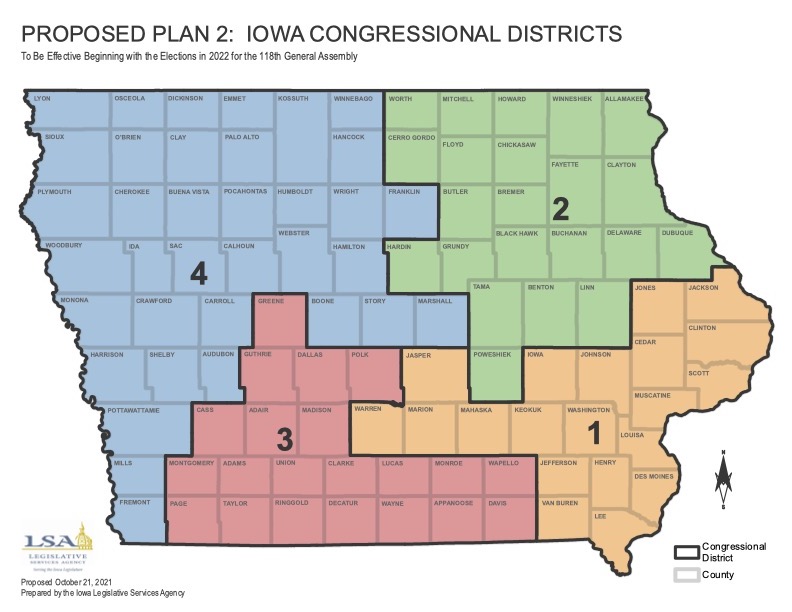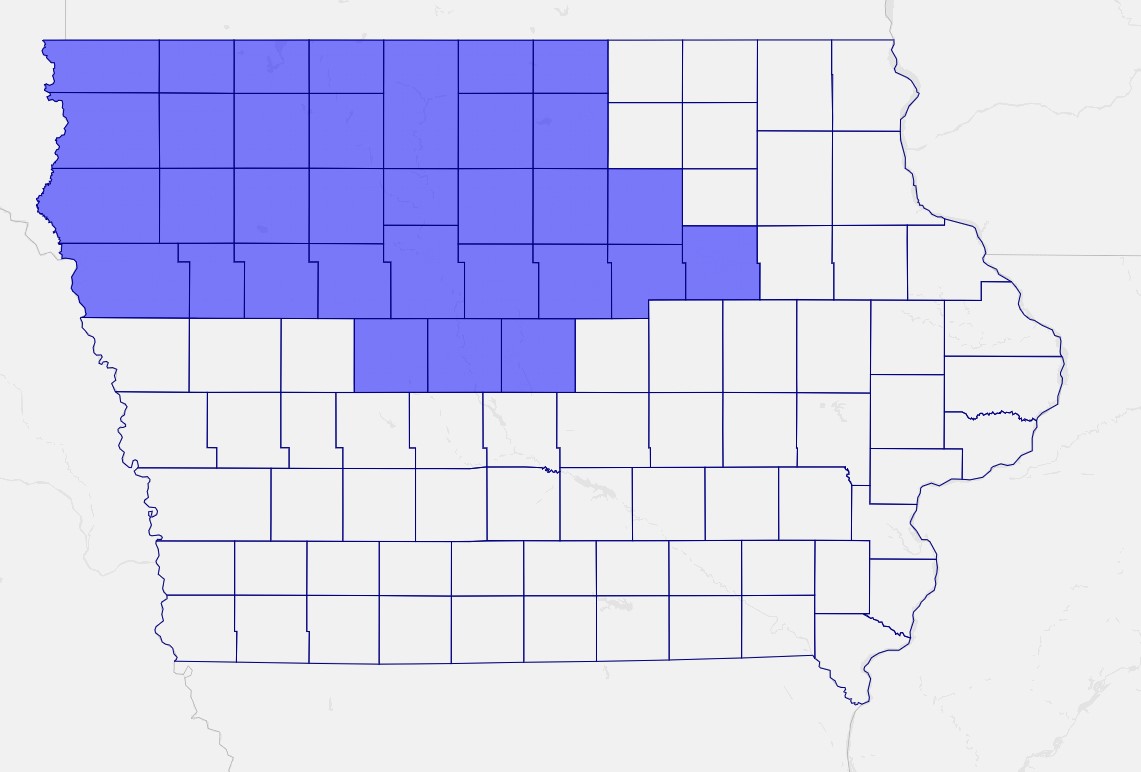One of the leading Democratic-aligned political action committees endorsed three Iowa candidates this week. EMILY’s List, which backs pro-choice Democratic women seeking federal, state, or local offices, endorsed U.S. Senate candidate Abby Finkenauer on December 15 and U.S. House candidates Christina Bohannan and Liz Mathis in the new first and second Congressional districts on December 16.
The PAC endorsed U.S. Representative Cindy Axne for re-election in the third district in March.
This week’s announcements were no surprise, since EMILY’s List supported Axne and Finkenauer in their 2018 and 2020 U.S. House campaigns, and said in April that Senator Chuck Grassley was one of three Republicans the group planned to target in 2022 Senate races.
Backing from EMILY’s List helps candidates raise money through the organization’s large network of donors. Perhaps more important, it indicates the group is prepared to pay for advertising on behalf of endorsed candidates or against their opponents.
The big question is whether EMILY’s List will keep its messages positive before the June 2022 Senate primary, or also target Democratic rivals. I couldn’t get an answer from the group yesterday.
Continue Reading...






































